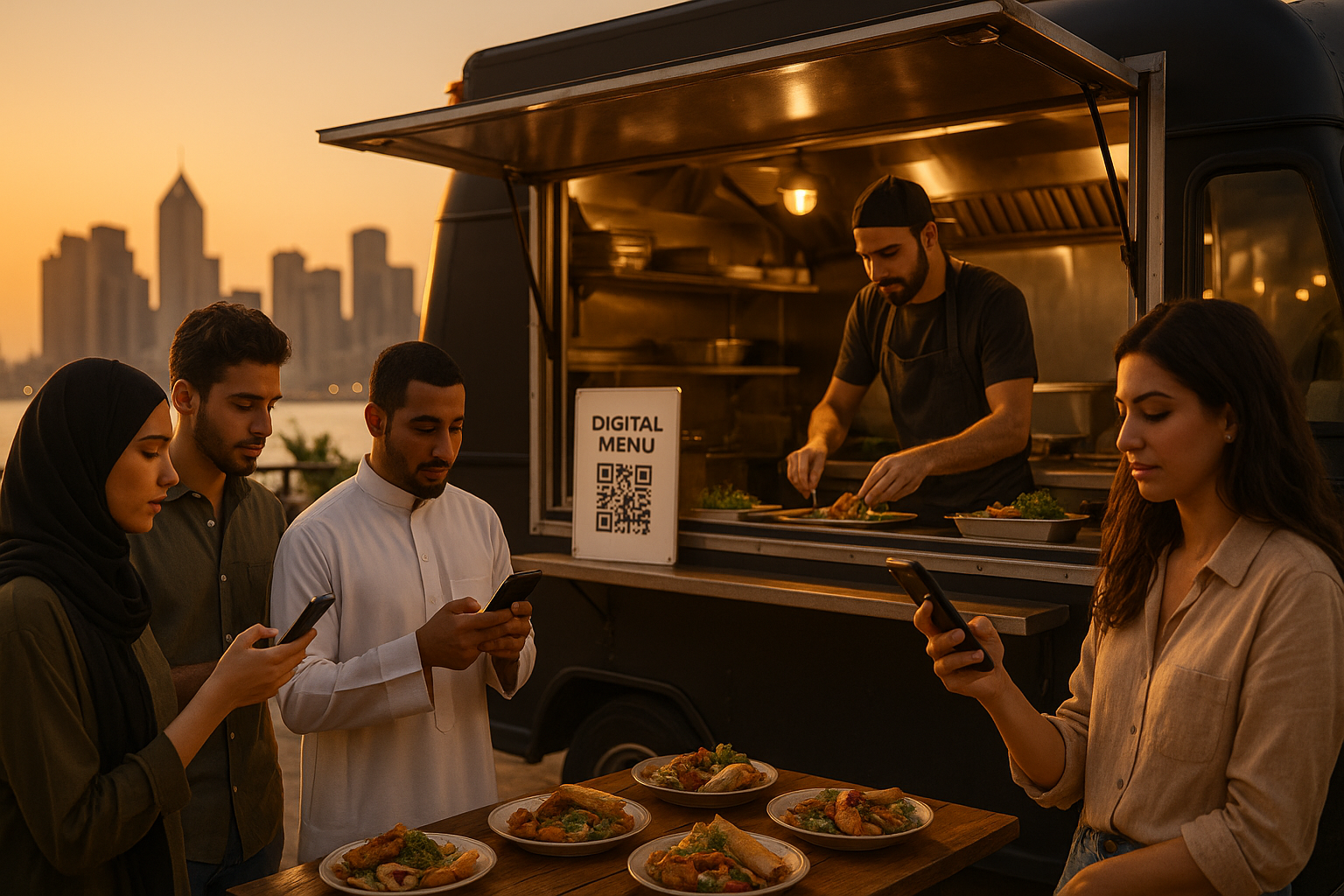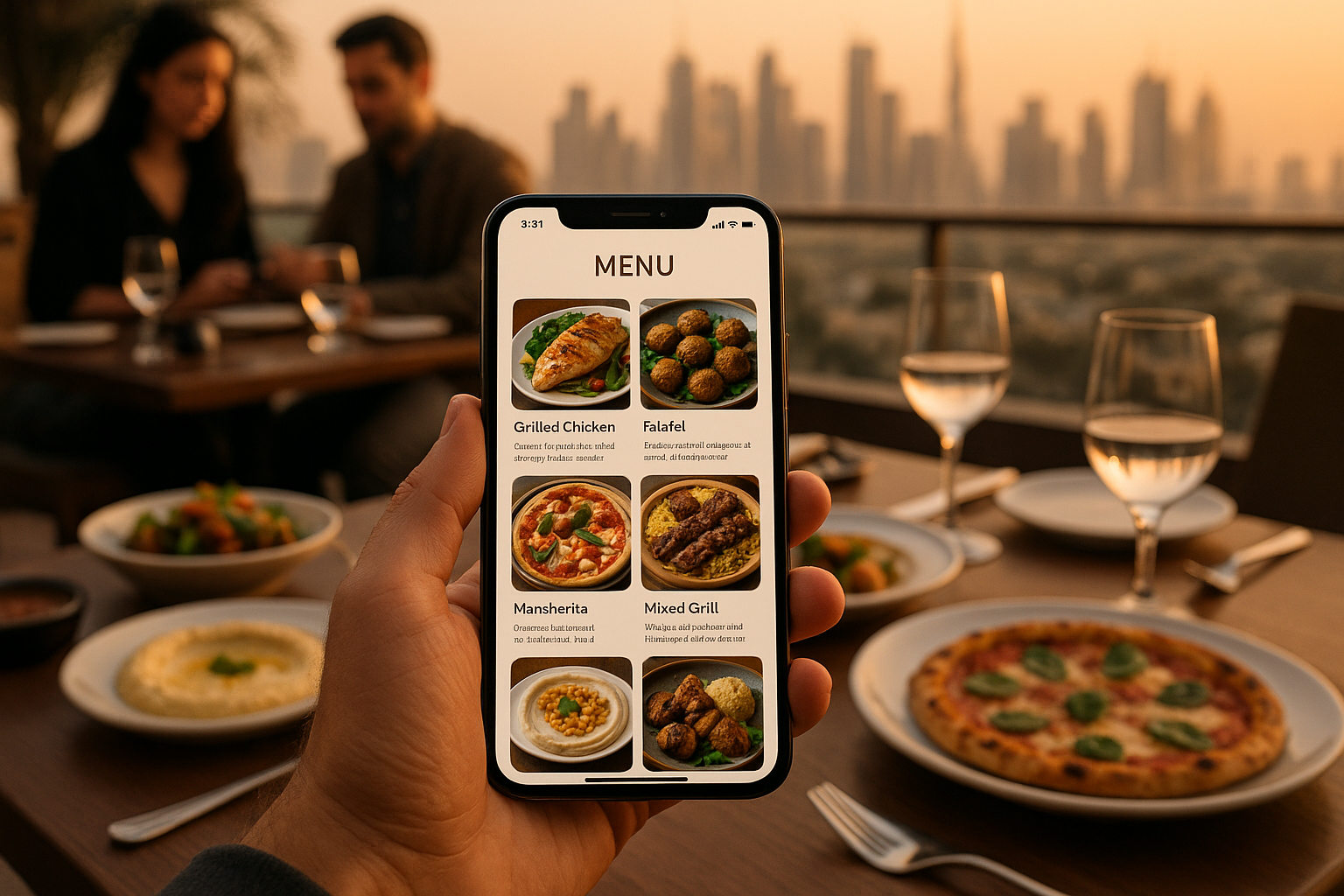Have you ever thought about how your restaurant can soar to success using the cloud kitchen model? In this article, I’ll speak to you as a friend and expert in the restaurant world, sharing the latest trends and the most practical best practices drawn from the Saudi and Gulf markets. Our goal is to make your cloud kitchen more efficient and profitable, and to keep up with the aspirations of today’s modern customers.
🍽️ Why Is the Market Moving Toward Cloud Kitchens?
From my personal experience, I’ve noticed in recent years that the concept of the cloud kitchen is no longer just a new idea; it has become one of the fastest growing sectors in Saudi Arabia and the Gulf. Recent statistics indicate that cloud kitchens now account for over 20% of the total food delivery market in the Gulf countries, with expectations for this number to double in the coming years.
What drives this growth is the major shift in consumer behavior. People today prefer convenience and speed, focusing on food quality and the ease of ordering via apps. Even small restaurants in Riyadh or Jeddah now rely on the cloud kitchen model to reduce costs and expand quickly without the need for expensive traditional branches.
📊 Recent Facts About the Saudi and Gulf Market
Recent studies indicate that the size of the cloud kitchen market in Saudi Arabia exceeded SAR 1.5 billion in 2023, with an expected annual growth rate of over 14% until 2027. More importantly, giant companies like "Kitopi" have invested hundreds of millions to expand their operations in the Kingdom, reflecting investors’ confidence in the future of this sector.
From my daily monitoring of the market, I’ve noticed that restaurant owners who embrace technology and automation achieve much better results than their competitors. Using artificial intelligence to analyze customer behavior and predict demand has become essential, not a luxury.

💡 How to Make Your Cloud Kitchen a Success Story?
For any restaurant owner wishing to enter this field or develop their business, there are a set of practical practices that I’ve seen make a real difference in the Saudi and Gulf market:
🔧 Smart Investment in Technology
If you manage a cloud kitchen, don’t hesitate to invest in order and inventory management software and digital payment systems. For example, a small restaurant in Dammam adopted a simple AI system to analyze daily orders and adjust preparation quantities, which reduced waste by 20% in just three months.
Automation has also become essential. Statistics show that partial or full automation in preparation and delivery has reduced operational costs by up to 25% in some Gulf cloud kitchens.
📱 Integration with Delivery Apps
Having a smart kitchen is not enough; you must ensure your offerings reach as many customers as possible. Work on integrating with apps like "Jahez" and "HungerStation". I’ve noticed that restaurants investing in improving their visibility and ratings on these platforms achieve rapid sales growth, especially if accompanied by fast delivery and a seamless user experience.
👥 Understanding Customer Behavior and Personalizing Offers
The most distinguishing feature of a successful cloud kitchen is its ability to analyze customer data and personalize offers. For example, a popular café in Jeddah noticed that demand for iced coffee increases during afternoon hours in the summer, so they offered a special deal during that period, which increased their sales by 30% during last Ramadan.
Use analytics tools to understand what your customers want: Do they prefer healthy meals? Are there certain days with higher demand? This information helps you make smart decisions about offers and pricing.
⭐ Quality First… Always
Don’t forget that food quality is the true key to success. A cloud kitchen must deliver the same food quality that customers expect from a traditional restaurant, if not better, since the customer doesn’t see you but evaluates you solely through delivery experience and taste. Make sure to continuously develop and test your recipes, and don’t hesitate to ask for customer reviews and engage with them attentively.
🏪 Stories and Experiences from the Arab Market
Let me share a practical example I witnessed myself: a small restaurant in North Riyadh started as a cloud kitchen specializing in burgers. After a short period, they noticed that orders spike on Thursday and Friday evenings specifically. They leveraged this data and started offering family deals on weekends. Within three months, their profits nearly doubled and they became one of the top 10 rated restaurants on the app.
And in Jeddah, a popular café decided to fully shift to the cloud kitchen model at the start of 2023. Instead of opening a second branch with high costs, they invested in developing a smart central kitchen and integrated with several delivery apps. The result? Their customer base doubled and they expanded from serving one neighborhood to three main neighborhoods in the city in less than six months.
📈 Expansion Opportunities and Challenges in the Saudi Market
The Saudi market is still growing, and there are huge opportunities in secondary cities like Abha, Hail, and Tabuk, where competition is lower and demand for fast food and local brands is rising. Additionally, there’s a growing trend toward healthy foods and authentic local brands.
However, it’s important to point out some challenges, such as high rental costs in major cities and tightening health regulations. From my experience, restaurants that comply with requirements and invest in service quality are the ones that endure and succeed in the long term.

💰 Practical Tips to Maximize Your Cloud Kitchen’s Profits
- Monitor your costs closely: Especially raw material and logistics costs. Invest in inventory tracking tools to reduce waste.
- Maintain a flexible menu: Try updating your menu regularly according to customer preferences and seasons.
- Focus on customer service: Quick response to any complaint or feedback leaves a lasting impact on loyalty and reputation.
- Invest in digital marketing: Use social media to promote your offers and create a direct relationship with your customers.
💡 In Summary: How Do You Start or Develop Your Cloud Kitchen Today?
You are now facing a golden opportunity to enter or develop a cloud kitchen in the Saudi and Gulf market. The real secret lies in understanding market requirements, smart investment in technology, focusing on quality and customer service, and leveraging data to improve decisions.
I encourage you to start with simple, well-studied steps: test your menu, invest in smart management tools, and always stay close to your customers. Success in this field is not exclusive to big companies, but available to anyone with passion and innovative thinking.
From my experience, the cloud kitchen is the future of the food industry in our region, and the opportunities are available to everyone—provided there is creativity and commitment to quality.
Do you have an experience or question about managing a cloud kitchen? Share your opinion or inquiry, and I’ll be happy to help you with practical advice from the heart of the market!
🎨 Your Menu, Your Brand, Your Way
With RestoMenu, you're not just getting a digital menu – you're getting a complete branding solution for your restaurant or food truck.
Plus, with our real-time analytics, you'll know exactly what your customers love most!
Ready to make your restaurant or food truck stand out?
